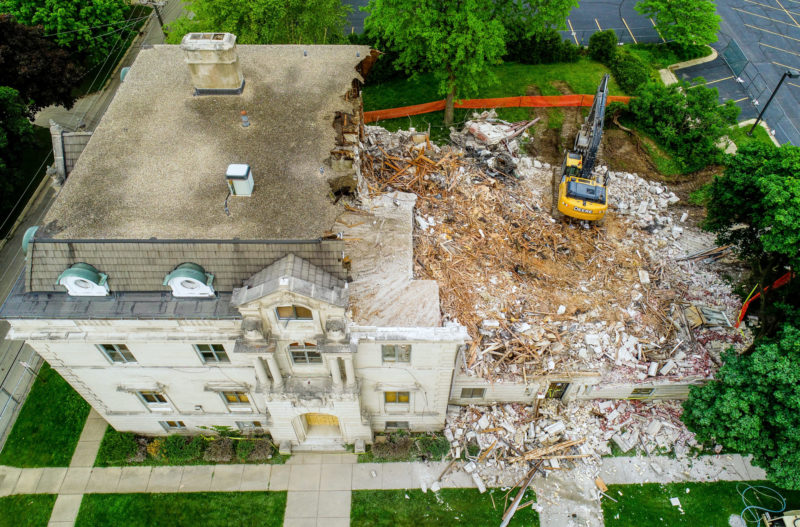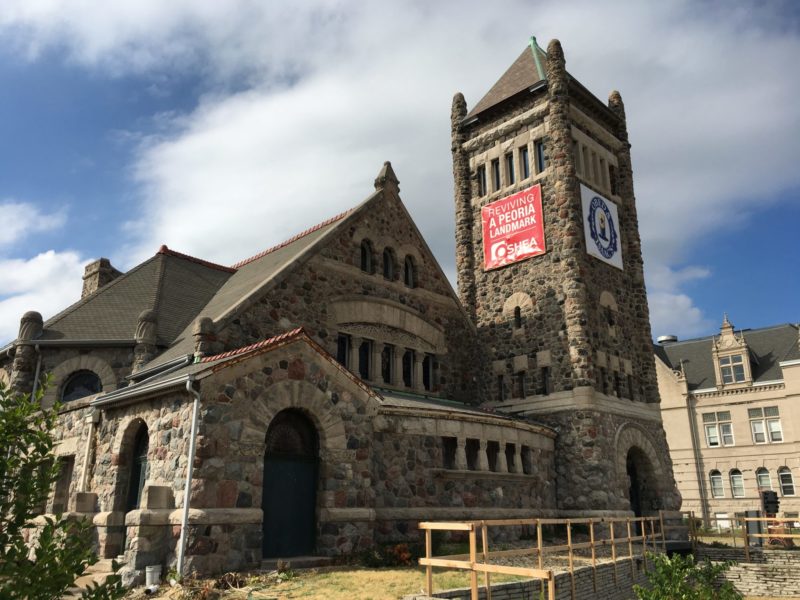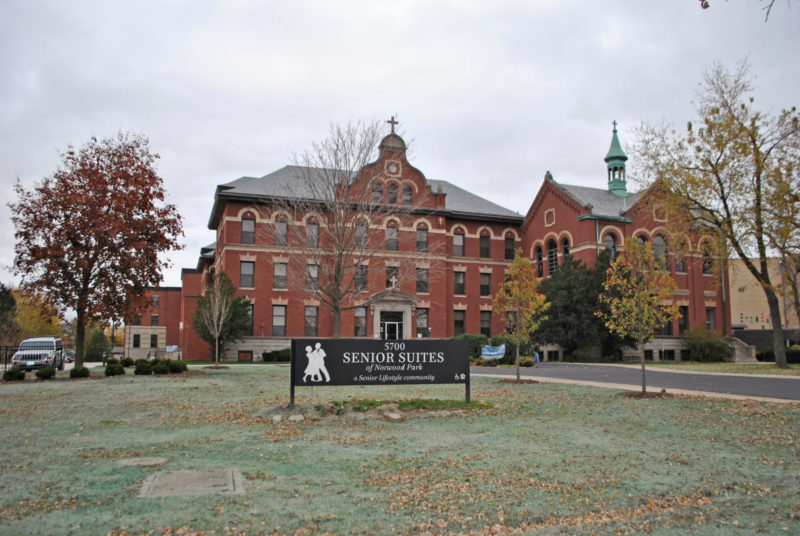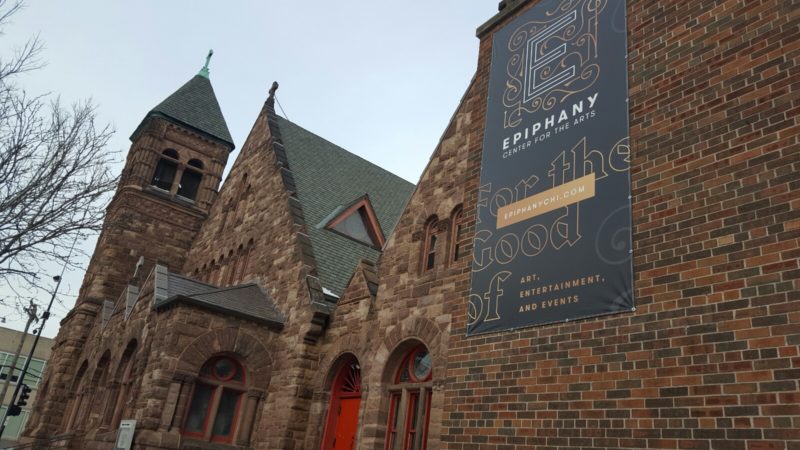(Photo: An aerial shot shows demolition of the Chancery in Rockford in June. Courtesy: Don Bissell)
August 27, 2019
By Lisa DiChiera, Director of Advocacy
(This article originally appeared in the August 2019 edition of The Arch newsletter)
On May 31, 2019, a Winnebago County judge ruled that community advocates lacked standing in their legal challenge of the City of Rockford’s decision to deny landmark designation for the former Chancery, a 90-year-old, French Renaissance/Beaux Arts-inspired building that had previously served as the Diocese of Rockford headquarters. Within 24 hours of that ruling, the Rockford Diocese mobilized its demolition crew. The historic Chancery, which had been an architectural beacon in the Signal Hill neighborhood since 1929, was fully demolished within days. Sadly, this is not the first time Landmarks Illinois has seen a religious-owned, historic structure meet this fate.
Despite sound case law that gives municipalities the right to make land-use decisions, including landmarking of religious-owned architecturally and historically significant buildings, many elected officials continue to treat religious owners differently than other property owners for fear of legal action. Like zoning, local landmarking is appropriate when a building meets the required criteria of a local preservation ordinance. This was the case for the Chancery, as well as two additional Diocesan-owned buildings on the same block: the St. Peter School and a former convent. Community advocates nominated the historic buildings, which were included on LI’s 2019 Most Endangered Historic Places in Illinois, for local landmark protection after the Rockford Diocese stated its intention to demolish them in favor of parking lots and gardens.




